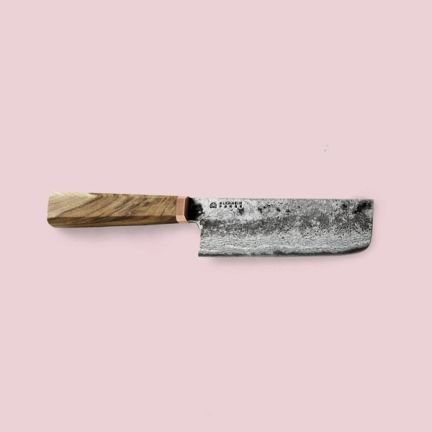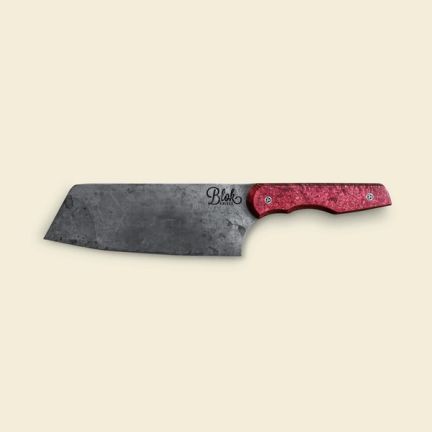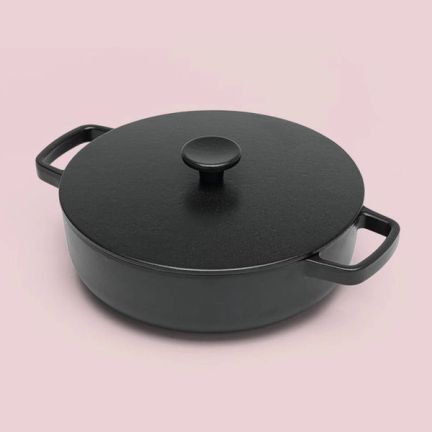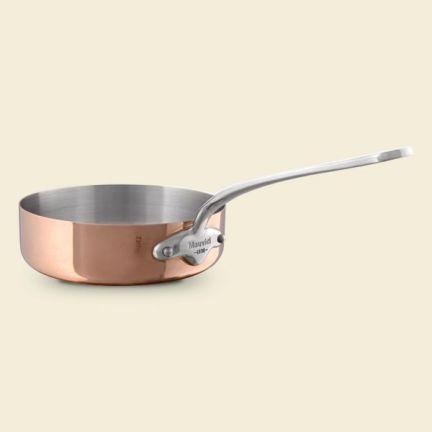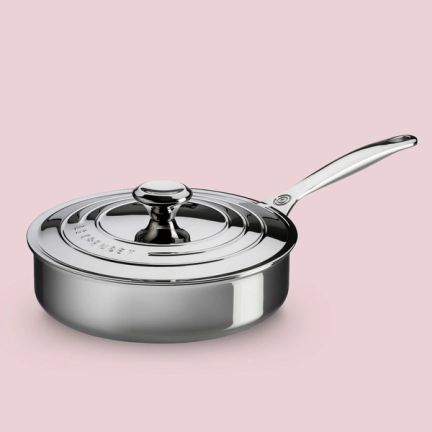
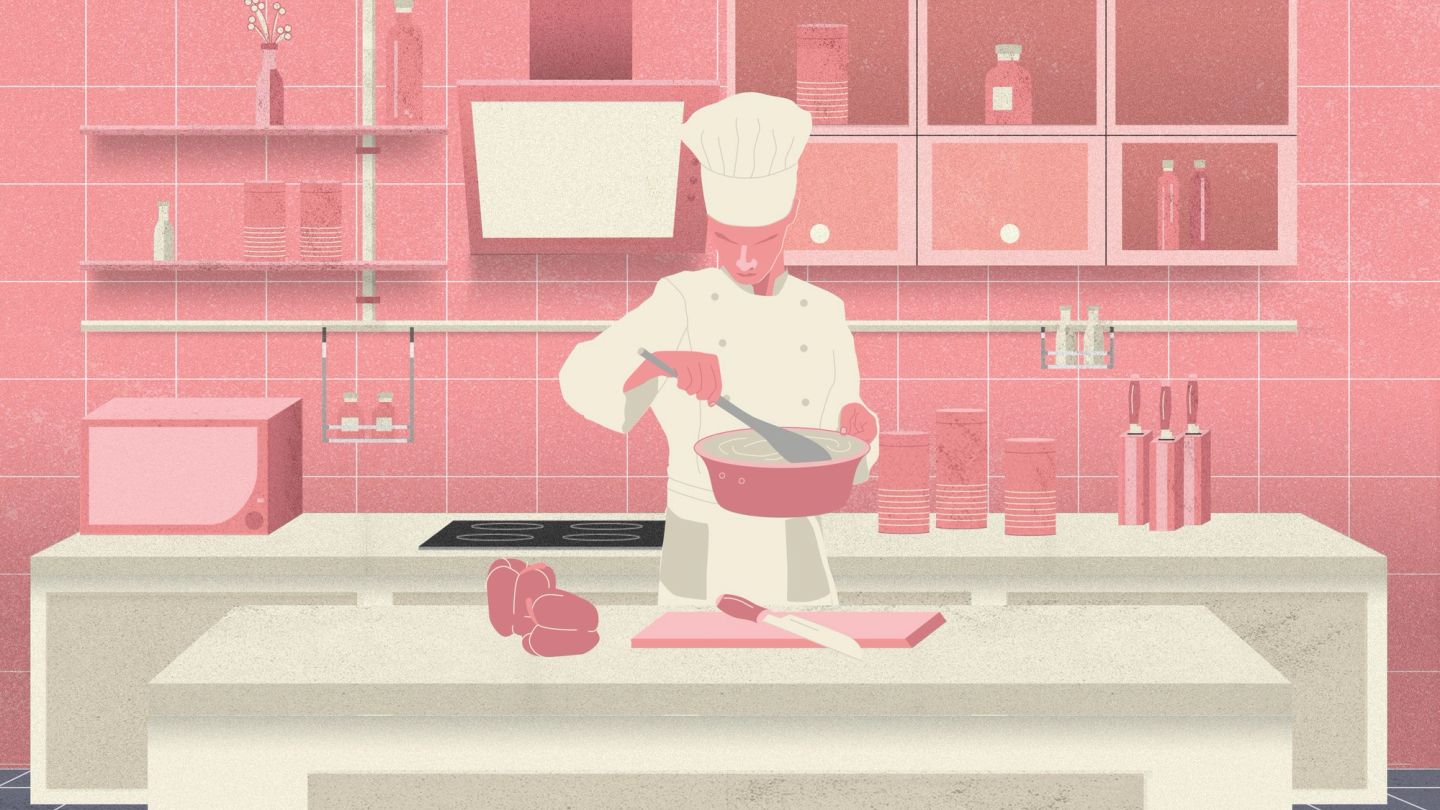
These kitchen skills will turn you into a Michelin-starred man
The tips, tricks and techniques of the trade that will have you cooking up a storm...
Words: Anna Galbraith
The principle holds that 10,000 hours of of “deliberate practice” are needed to become world-class in any field. And, whilst this might be true, we’re willing to bet that you haven’t got quite so much time ready to spare in order to become a culinary master.
Even if you’ve truly perfected the technique for poaching an egg, consider yourself a pretty dab hand with a spiralizer, and have been nominated amongst your friendship group as the official Sunday Roast Host — it takes a different breed of gentleman to truly attain gastronomic excellence.
Fortunately, Gentleman’s Journal are on hand with a shortlist of the skills you should be honing in order to take your cooking standard from the mundane to Michelin-starred.
Sharpen up your Julienne cut
Everyone knows that the devil is in the detail, and that a large percentage of what makes a gourmet restaurant dish so appetising is the way that it looks. With this in mind, mastering the method of julienne vegetables will not only make your presentation stand out but will also ensure more controlled cooking.
If you’re working with carrots, peel and trim off the top and bottom. Then, cut your carrot into 2 or 3-inch lengths before trimming the rounded sides of each piece to create a rectangle shape.
Cut each rectangle lengthwise into 1/8-inch slices, then stack several of the slices together and cut lengthwise again, creating restaurant-thin batons.
Master your meat sous-vide
The ability to transform tough cuts into melting soft strands, and prime cuts into morsels you could cut with a butter knife, might seem exclusive to chefs who have trained for years.
However, if you master the art of cooking sous-vide, then this succulent texture can be guaranteed every time. For a flawless sirloin steak, season the beef with salt and pepper, place into a bag with a splash of olive oil and seal under maximum pressure.
Place into the water and cook for 10 hours before removing from the bag and draining on kitchen paper. Then seal in a very hot frying pan until caramelised all over.
Dare to try a demi-glace
Demi-glaces are an integral part of French cooking and sauces made from glaces elevate any meal to something special.
Traditionally, demi-glaces are made by reducing brown bone stock with a brown sauce (sauce espagnole), which is already a reduction of brown stock with vegetables and herbs and thickened with a flour roux.
The results of this are mouth-watering and well worth your time. It may not be difficult, but patience is the key.
Shape up and sauté
You might already think that you’ve got this one down. But, much like scrambling eggs or toasting bread, there’s potential to take this to another level.
Too many home kitchens lack a sauteuse. Sauter means ”to jump” in French and refers to this method of cooking where food is tossed around in a pan for a short time under high heat, searing it while at the same time conserving its freshness and crispiness.
The key things to remember here are to keep your pan super hot, to cut your ingredients very small, and to perfect that quick flick of your wrist.
Wrap up and cook en papillote
The French term en papillote translates as ‘in parchment’, literally describing the cooking method which involves cooking fish (or, less commonly, meat or vegetables) in a pouch of paper or foil and baking in the oven.
The enclosed parcel traps in any moisture released while cooking, giving you tender, juicy flesh which is part steamed, part baked. Cooking en papillote is, therefore, a fantastic trick for healthy recipes as very little – if any – oil is required during the cooking process.
That said, however, oil, herbs, spices and other ingredients can be added to the parcel before cooking in order to infuse the finished dish with beautiful, fresh flavours.
Rustle up a roux
You’d be hard-pushed to find a chef in a professional kitchen that doesn’t know how to make a perfect roux.
This is the French paste used to thicken numerous sauces, from white sauce to Espagnole, and should be your go-to mixture for perfectly thick, lump-free sauces.
There’s a classic white roux, a blonde roux, and a Louisiana-style caramelised brown roux used for cooking Cajun dishes like gumbo. There’s even a red roux with tomato sauce added which is often used for thickening seafood dishes.
Looking for more foodie inspiration? These are the cookbooks you should be investing in this year…

